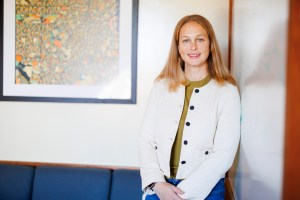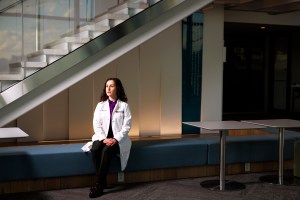Science & Tech
-
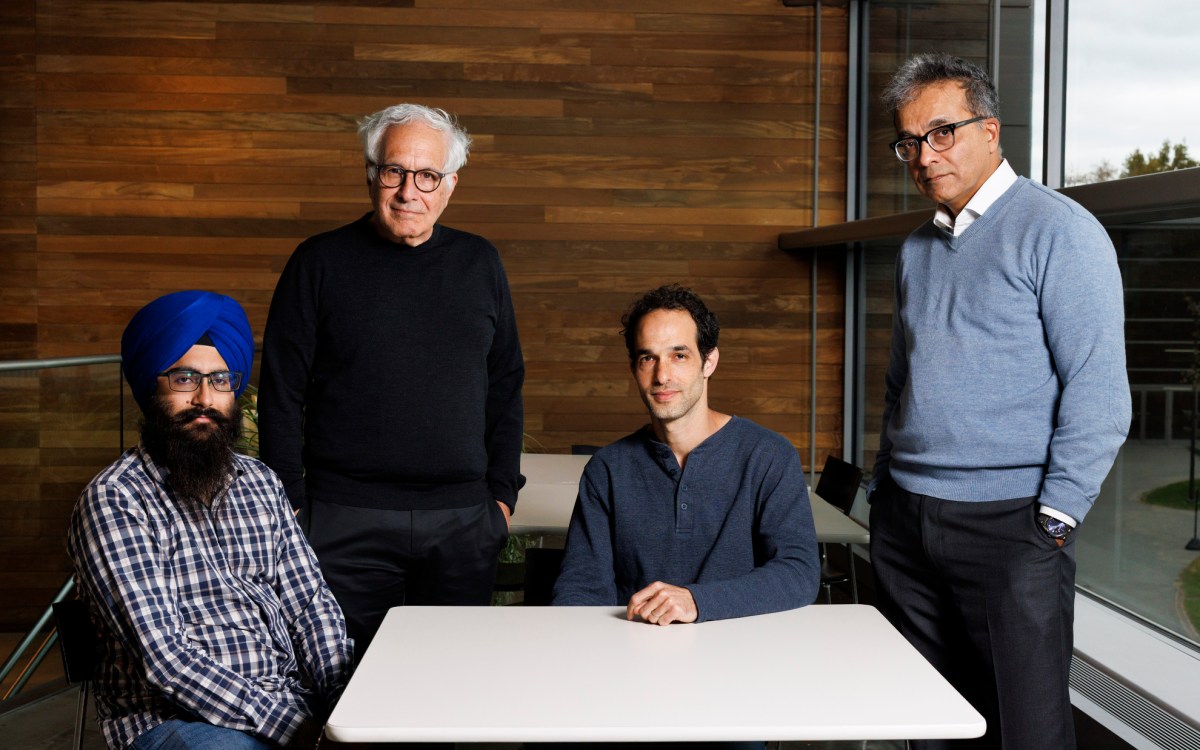
Want to speed brain research? It’s all in how you look at it.
New AI-enhanced scanning method promises to boost quest for high-resolution mapping
-

-

‘It just feels good when you solve the hard problems’
Why do students volunteer to take this notoriously difficult math exam? For the fun of it.
-
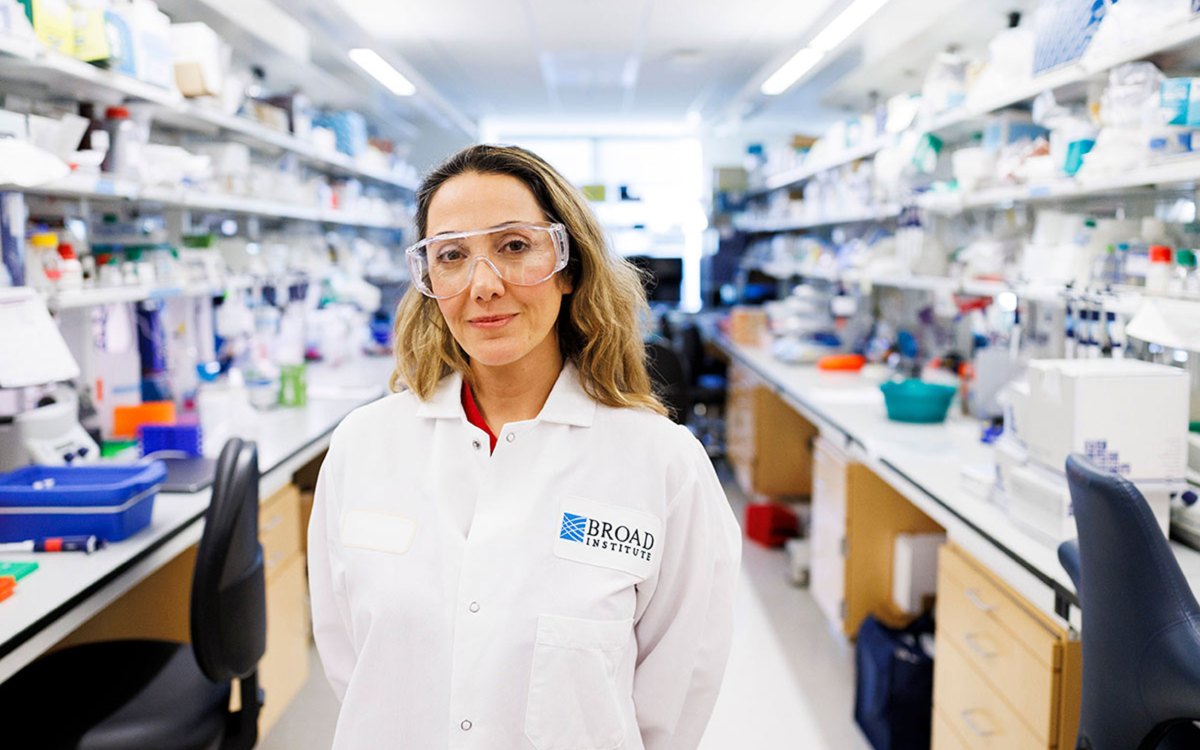
Stopping the next pandemic
Disease surveillance network faced ‘existential cliff’ despite proven success. Then came the $100 million.
-

Rethinking — and reframing — superintelligence
Microsoft researcher says separating AI from people makes systems dangerous and unproductive
-
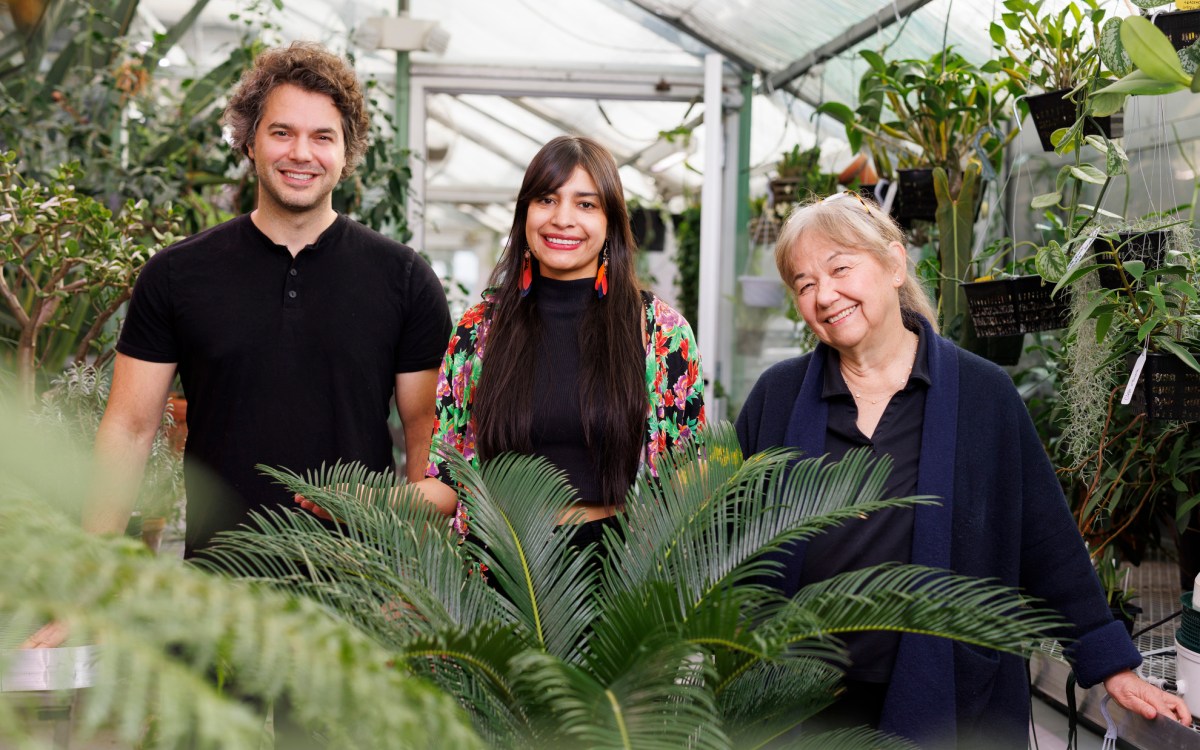
First, male gets heated up, then female, and then, you know
Study shows infrared radiation from plants serves as invitation to pollinating insects
-
Peter Ashton: A legacy written in trunk, limb and leaf
They were in a bind, no doubt about it. Wearing little but cotton shorts, the four men huddled on a streambank deep in the Bornean rainforest. Water dripped from their…
-
Researchers develop new technique for fabricating nanowire circuits
Scientists at Harvard’s School of Engineering and Applied Sciences (SEAS), collaborating collaborating with researchers from the German universities of Jena, Gottingen, and Bremen, have developed a new technique for fabricating…
-
Indigenous culture clarifies nature and limits of how humans measure
The ability to map numbers onto a line, a foundation of all mathematics, is universal, says a study published in the journal Science, but the form of this universal mapping is not linear but logarithmic.
-
Small suds make a big splash at SEAS
The latest engineering feat to emerge from the laboratories at Harvard’s School of Engineering and Applied Sciences has been largely accomplished with the aid of kitchen mixers. Researchers have whipped up, for the first time, permanent nanoscale bubbles — bubbles that endure for more than a year — from batches of foam made from a mixture of glucose syrup, sucrose stearate, and water.
-
Mars’ water appears to have been too salty to support life
A new analysis of the Martian rock that gave hints of water on the Red Planet — and, therefore, optimism about the prospect of life — now suggests the water was more likely a thick brine, far too salty to support life as we know it. The finding, by scientists at Harvard University and Stony Brook University, is detailed this week in the journal Science.
-
Bat die-off in Northeast still mysterious
There’ll be fewer bats in backyards across the Northeast this summer after a mysterious ailment drove starving bats from their caves in the dead of winter in a futile, desperate search for insects in the region’s frozen, bug-free landscape.
-
Solar eruption seen in detail
On April 9, the sun erupted and blasted a bubble of hot, ionized gas into the solar system. The eruption was observed in unprecedented detail by a fleet of spacecraft, revealing new features that are predicted by computer models but difficult to see in practice.
-
HMS introduces wilderness fellowship
Snake bites, lightning strikes, hypothermia, tick bites, and avalanche injuries are not mishaps you ordinarily associate with Harvard Medical School (HMS), or with life in Boston.
-
Mars’ water appears to have been too salty to support life
A new analysis of the Martian rock that gave hints of water on the Red Planet — and, therefore, optimism about the prospect of life — now suggests the water…
-
How to move out and stay green at same time
With the end of the academic year fast approaching, the temptation to purge all obsolete office and school materials is stronger than ever. But to maintain Harvard’s impressive 50 percent recycling rate, Harvard’s University Operations Services (UOS) wishes to remind the community to continue recycling all materials whenever possible. All old documents, books, folders, magazines, catalogs, cardboard, and boxes are recyclable; and after receptions, meetings, and parties, bottles, cans, cups, and containers can be recycled.
-
Costa Rican minister outlines plan to achieve carbon neutrality through reforms
Costa Rica’s environment minister outlined the Central American nation’s plans to become carbon neutral by 2021 through green reforms in energy, transportation, government, and private industry sectors.
-
Undergrads create ‘dirt-powered’ light for Africa
A team composed of Harvard students and alumni was among the winners of the World Bank’s Lighting Africa 2008 Development Marketplace competition, held in Accra, Ghana, from May 6 to 8, 2008. The team’s innovation, microbial fuel cell-based lighting systems suitable for sub-Saharan Africa, netted the Harvard group a $200,000 prize.
-
Ashton: A legacy written in trunk, limb, and leaf
They were in a bind, no doubt about it.
-
Zittrain speculates on Web’s trajectory
Jonathan Zittrain is a man with a passion for cyberspace and a concern for its future.
-
New journal highlights undergraduate research
Spanning topics as diverse as cancerous tumors and the overfishing of grouper in the Turks and Caicos Islands, a new journal aims to highlight the serious scientific research regularly undertaken…
-
Presidential election will bring change in federal stem cell policy
Embryonic stem cell research will likely have a more sympathetic ear in the White House after November’s presidential election, but a panel of speakers said last night that an era…
-
Study identifies food-related clock in the brain
In investigating the intricacies of the body’s biological rhythms, scientists at Beth Israel Deaconess Medical Center (BIDMC) have discovered the existence of a “food-related clock” which can supersede the “light-based”…
-
Harvard researchers selected for National Academy of Sciences membership
Eight Harvard faculty members this week were elected to membership in the National Academy of Sciences in recognition of their distinguished and continuing achievements in original research. The three women…
-
Humanities: From deconstruction to digitization
Malcolm Hyman, a research associate at the Max Planck Institute for the History of Science in Berlin, addressed a group of 20 listeners at the Barker Center about the theoretical challenges ahead for humanities computing — a fast-growing corner of scholarship in the classics, modern literature, and the arts that looks to computer science for analytical help.
-
Markey addresses ‘Future of Energy’
The chair of the U.S. House Select Committee on Energy Independence and Global Warming struck an optimistic tone about the planet’s climate crisis Monday (April 21), saying that an energy revolution is in the offing if government can just get the policy right.
-
Policy can empower technological climate change solution
The chair of the U.S. House Select Committee on Energy Independence and Global Warming struck an optimistic tone about the planet’s climate crisis last night, saying that an energy revolution…
-
An ocean of bad tidings
Jeremy B.C. Jackson earned his first chops as a scholar by studying the ecological impacts of an event that unfolded over the last 15 million years: the formation of the Isthmus of Panama, dividing the Atlantic and Pacific oceans and setting off profound evolutionary oceanic and terrestrial changes.
-
Jeremy Knowles, eminent chemist, Harvard leader, 72
SUBHEAD By XXXXXXXXX Harvard News Office –> Jeremy R. Knowles, an eminent chemist and longtime leader of Harvard’s Faculty of Arts and Sciences, died April 3 at his home in…
-
Harvard Foundation names Scientist of Year
The Harvard Foundation will present its 2008 Scientist of the Year Award to Stephanie D. Wilson, a NASA astronaut and 1988 Harvard College graduate, at this year’s annual “Albert Einstein Science Conference: Advancing Minorities and Women in Science, Engineering, and Mathematics.” Wilson will be honored for her outstanding work in engineering and space exploration with NASA.
-
The beauty of computer science
As a sophomore at Harvard College in 1992, Salil Vadhan skeptically and rather grudgingly enrolled in an introductory departmental course that a friend had cajoled him into taking. The course was “Computer Science 121: Introduction to Formal Systems and Computation,” a class that he would revisit a little more than a decade later — as the professor.
-
Laser precision to help find new Earths
Harvard scientists have unveiled a new laser-measuring device that they say will provide a critical advance in the resolution of current planet-finding techniques, making the discovery of Earth-sized planets possible.
-
Laser precision added to search for new Earths
Harvard scientists have unveiled a new laser-measuring device that they say will provide a critical advance in the resolution of current planet-finding techniques, making the discovery of Earth-sized planets possible.…
-
Common aquatic animals show extreme resistance to radiation
Harvard scientists have found that a common class of freshwater invertebrate animals called bdelloid rotifers are extraordinarily resistant to ionizing radiation, surviving and continuing to reproduce after doses of gamma…
-
Harvard Medical School to reduce student debt burden
Harvard Medical School (HMS) Dean Jeffrey Flier today announced that the school is taking steps to reduce the cost of a four-year medical education by an average of $50,000 for…
-
Workshop ponders: Post-Kyoto, what next?
With the Kyoto Protocol’s first commitment period expiring in 2012, the Harvard Project on International Climate Agreements hosted a workshop of leading thinkers Friday (March 14) to help determine what comes next.

